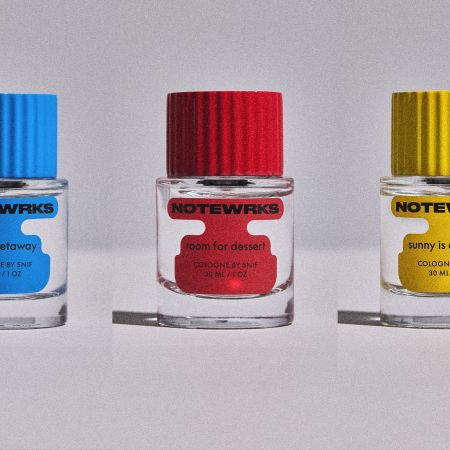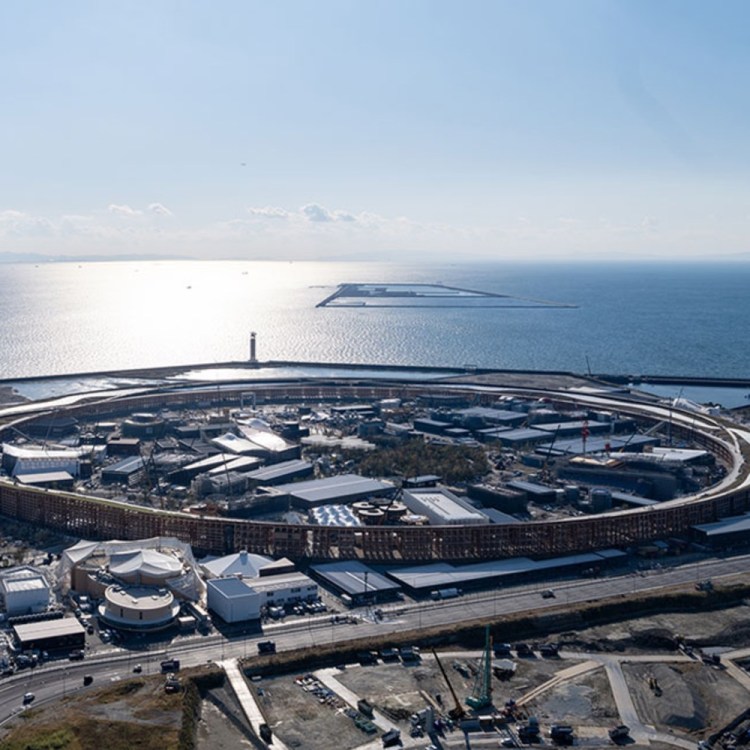The fashion industry has a sustainability problem. The H&M Group, home to some of the most well-known fast fashion brands in the biz, is the first company of its size to make strides toward increased transparency when it comes to environmental and labor practices.
With the company’s newly launched “consumer-facing transparency layer,” H&M customers can now access information about products pertinent to sustainability, the New York Times reported. The sustainability tab on each product on H&M’s website will provide details on a product’s materials, as well as the supplier or authorized subcontractor where a garment was made, the factory address, and the number of workers employed there.
The company’s new transparency layer comes as the fashion industry is facing increasing criticism for poor labor and environmental practices in the aftermath of the 2013 Rana Plaza disaster in Bangladesh. The factory collapse in which more than 1,000 workers died led to increasing pressure on Western retailers — many of which were found to have sold clothes sourced from the factory — to investigate and police the practices surrounding the production of their goods.
According to H&M’s head of sustainability Pascal Brun, the goal of the transparency layer is to prove to the public that the company has “nothing to hide regarding labor or environmental practices, or how H&M products were made.”
“It is not going to change the world,” he told the Times. “But it is about building a foundation for real change, given we can’t build this industry from the ground up all over again.”
Related: You Know Fast Fashion Is Bad. Here Are 5 Things You Didn’t Know.
Subscribe here for our free daily newsletter.
Thanks for reading InsideHook. Sign up for our daily newsletter and be in the know.



















